The 11 Best Products Derms Use to Stop Fungal Acne in Its Tracks
Getting a bump on your face can quickly become an Agatha Christie novel. Is it rosacea? Eczema? A 24-hour clogged pore, or is it acne acne? And if it is acne, what kind of acne is it? Bacteria? Cystic? Fungal acne?
In the grand whodunit of breakouts, fungal acne is not nearly as bad or gross as it sounds, but you need to be able to identify it to treat it. But it can be hard to know with so many different types of bumps out there. The first clue that you're dealing with fungal acne? Typical acne treatments aren't doing anything. That's because fungal acne is an infection of the hair follicles.
- Brooke Jeffy, MD, board-certified dermatologist and founder of BTWN, a skin-care line specifically formulated for children, tweens, and teens
- Joshua Zeichner, MD, director of cosmetic and clinical research in dermatology and associate professor of dermatology at Mount Sinai Hospital
- Kseniya Kobets, MD, director of dermatology at Montefiore Advanced Care
- Marisa Garshick, MD, FAAD, board-certified dermatologist at Medical Dermatology and Cosmetic Surgery in New York
- Naana Boakye, MD, MPH, board-certified dermatologist and founder of Bergen Dermatology in northern New Jersey
- Rebecca Marcus, MD, board-certified dermatologist and founder of Maei MD
- Shuting Hu, PhD, cosmetic scientist and founder of Acaderma, a skincare company focused on natural ingredients and sustainable business practices
So, how do you tackle fungal acne? We tapped the pros to explain fungal acne, its causes, how to identify it, and the best products and treatments to clear your skin ASAP.
{{post.sponsorText}}
The best fungal acne products to shop
Best Fungal Acne Products
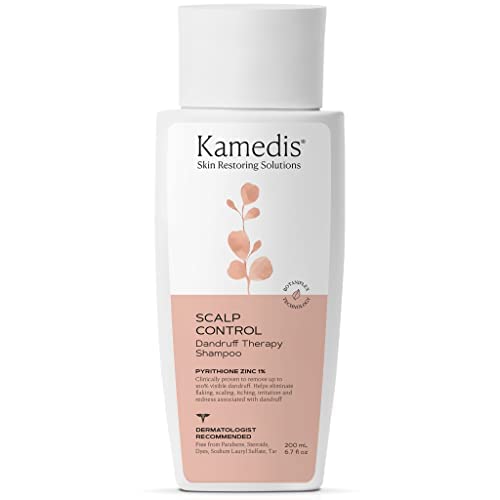
“This shampoo contains zinc pyrithione, which effectively lowers levels of yeast on the skin, making it effective in treating dandruff. It can also be useful if you have fungal acne,” says Dr. Zeichner. “This product is also enriched with a blend of Chinese herbs that soothe inflammation.”
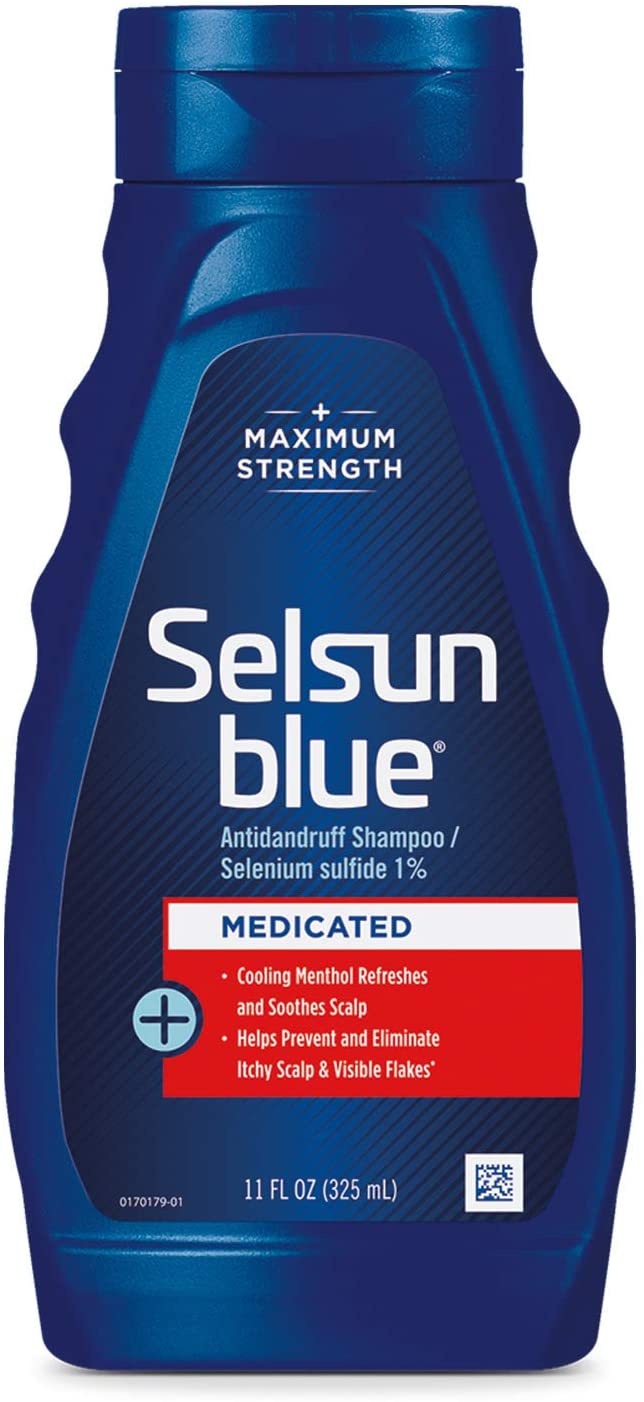
“Selenium sulfide is another ingredient that helps lower levels of yeast on the skin,” says Dr. Zeichner. “Keeping yeast levels low will reduce the driving force behind the inflammation causing fungal acne.” Dr. Garshick says that if you’re using this you can let it sit on the skin for five to ten minutes before rinsing it off for best results.
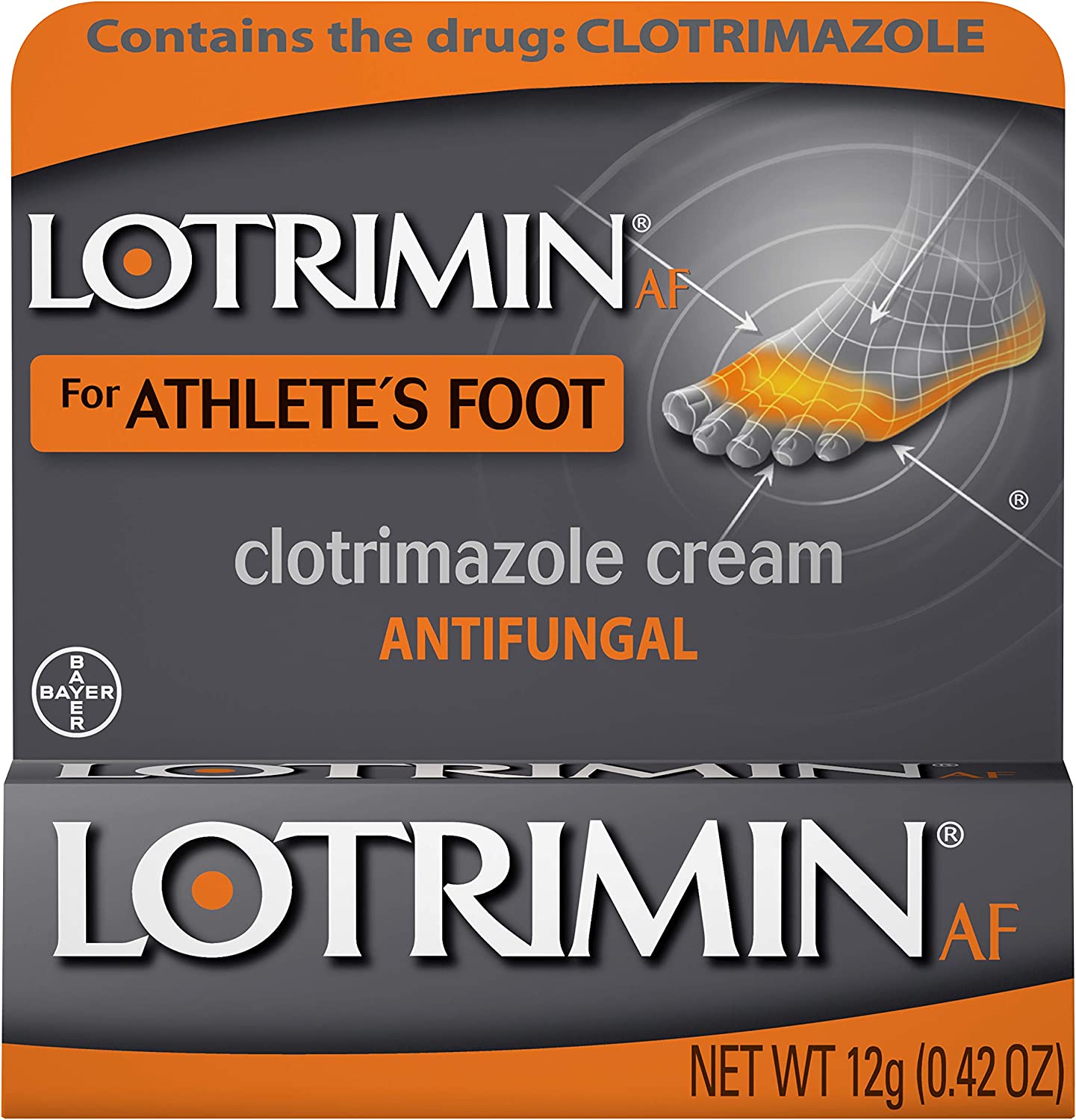
“For particularly stubborn cases of fungal acne, over-the-counter and prescription topical antifungal creams, such as clotrimazole and ketoconazole, can be effective,” says Lavanya Krishnan, MD, board-certified dermatologist at Arya Derm.
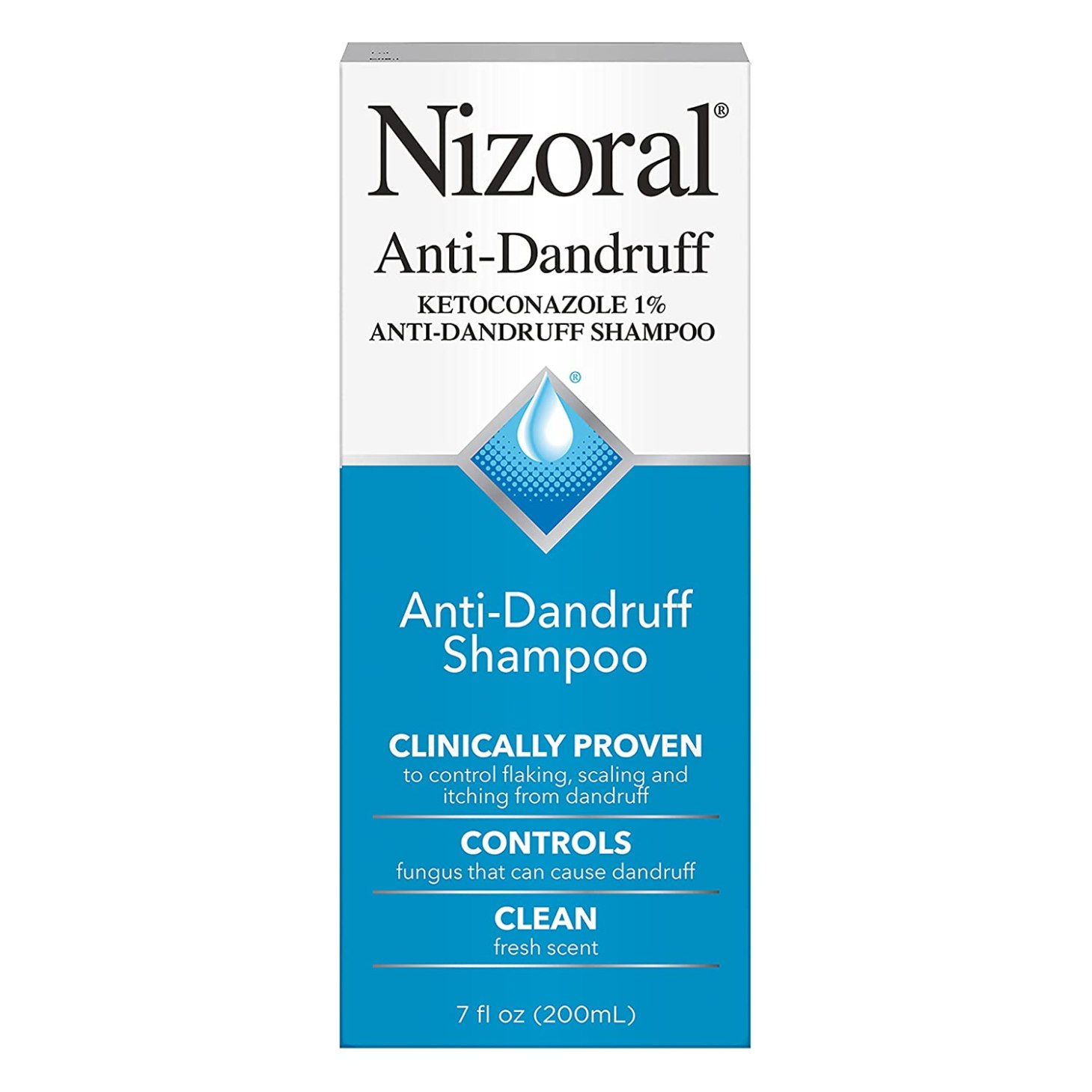
Almost all of our experts recommended this shampoo that contains 1% ketoconazole—a potent anti-fungal. Shampoo formulas can help if you’re experiencing an imbalance on your scalp or along the hairline, but can be used on the skin and body, as well.
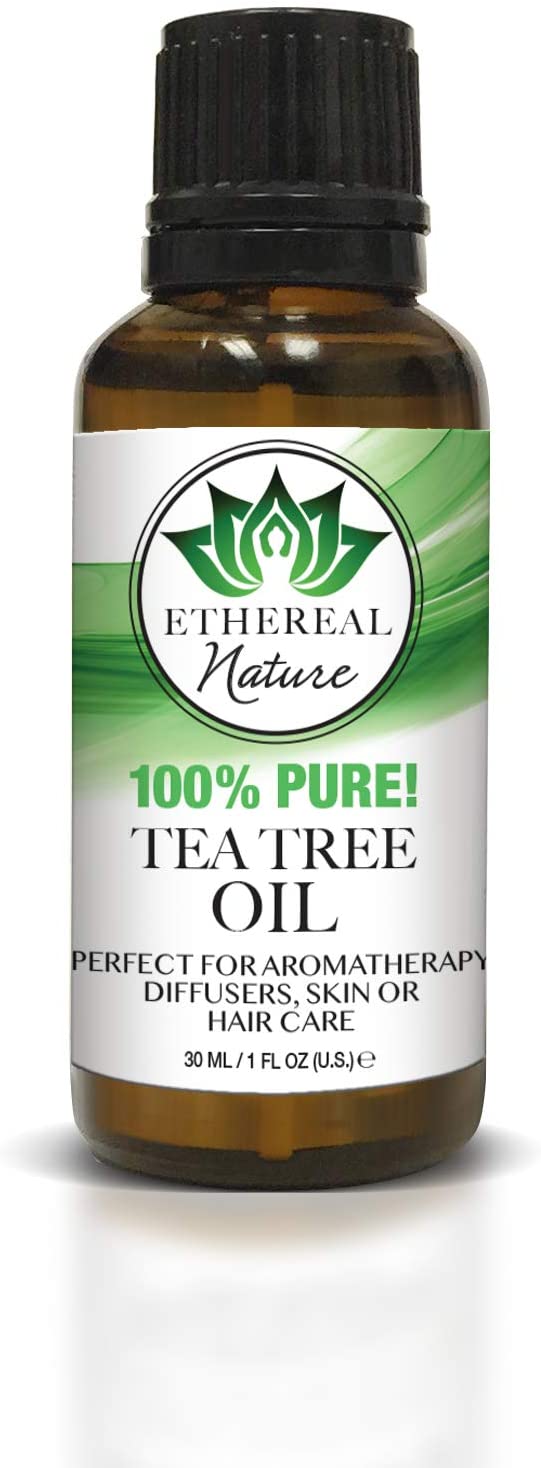
If you’re looking for a natural remedy, Dr. Maclellan recommends trying tea tree oil, which is an antimicrobial agent and antifungal treatment. It can be used on the skin when diluted with another oil, moisturizer, or water.

“This zinc pyrithione shampoo helps to address fungal acne by targeting the malassezia yeast, while also nourishing the skin so it won’t be left feeling dry or stripped,” says Dr. Garshick.

Dr. Marcus likes this sulfur-based cleanser to fight fungus and bad bacteria. “It’s also formulated to be gentle on facial skin,” she adds and has a much less potent sulfur smell than most similar products.

Dr. Jeffy likes this leave-on product to spot-treat any bumps that pop up. “It’s invisible on the skin and is fragrance-free.”

Hu recommends this lightweight moisturizer which features live probiotic cultures to help balance your microbiome. “It also soothes redness and irritation, and is great for sensitive and acne-prone skin,” she says.

While this topical is technically formulated to help with acne, Dr. Kobets recommends this daily gel cream, and retinoids in general, to help decrease oil production which may worsen fungal acne.

This mask contains 10% sulfur to help kill fungal acne, while kaolin and bentonite clays to absorb excess oil and keep those pores clean and clear.
What causes fungal acne?
Okay, first things first: You have yeast on your face. You actually always have. Your skin is a microbiome host to all kinds of bacteria—most of it good — and a natural yeast called malassezia. If you're sweating a lot or have very oily skin, that yeast can become overgrown, clog your hair follicles, and cause bumps that look a whole lot like acne. You'll commonly find it on the chest and back (areas that often sweat), especially on the forehead and near your hairline.
But acne is a bit of a misnomer. "Fungal acne is a type of folliculitis—or inflammation of the hair follicle—that results when yeast becomes trapped inside hair follicles, leading to pustules and nodules," says board-certified dermatologist Dr. Rebecca Marcus.
How is fungal acne different from other types of acne?
It's easy to mistake fungal acne for other types of acne. That is understandable since it presents as tiny red bumps or pustules. But you can look out for a few differences if you're trying to suss out the culprit of new bumps.
In bacterial or hormonal acne, the bumps have a variable appearance—so you might see some combination of blackheads, whiteheads, and pimples or cysts. "With fungal acne, you just see small red bumps or pustules that are all the same size— one or two millimeters— and are sometimes itchy," says board-certified dermatologist Dr. Brooke Jeffy.
Other telltale signs? If the bumps are more superficial (as opposed to large, painful, and deep), adds board-certified dermatologist Dr. Ksenia Kobets. They may also worsen in humid conditions and—the real damning evidence—won't respond to some over-the-counter acne treatments (more on that later). But it's important to note that fungal acne often occurs alongside bacterial acne (excess oil can be a real bummer). So, while acne treatments don't necessarily work on the fungal acne bumps, you may need to treat both.
What causes fungal acne?
Sweat is the biggest culprit in fungal acne (yeast loves sweat), so hot, humid environments could be the problem. Likewise, if you're wearing tight clothing that doesn't breathe, you may notice breakouts of fungal acne on your chest and back.
But oily skin can trigger these pesky bumps, as well. "Patients who present with fungal acne include teenagers undergoing a significant increase in sebum production, those who recently completed antibiotics (which can lead to yeast overgrowth), and those who are undergoing significant stress in their life since stress can trigger excess oil production," says board-certified dermatologist Dr. Quynh-Giao Sartor.
How to treat fungal acne
Because it's not technically bacterial acne, "fungal acne does not respond to common acne treatments like benzoyl peroxide and salicylic acid," says Dr. Boakye. Instead, you'll need antifungal treatments and a few handy skincare ingredients to help shrink pores and decrease oil production. But ultimately, seeing your dermatologist is the best move. They can give you a proper assessment and prescribe stronger remedies if needed.
"I typically make a fungal acne diagnosis after traditional acne treatments don't work," says New York City-based dermatologist Joshua Zeichner, MD. What does work, though, is using dandruff shampoo where you're experiencing fungal acne breakouts. "You can use your dandruff shampoo as a liquid cleanser for your face, neck, and chest. These shampoos contain ingredients that lower levels of yeast on the skin. The same type of yeast that caused fungal acne can cause dandruff," says Dr. Zeichner. "Simply apply the shampoo on the skin and let it sit while you sing the alphabet before rinsing it off. The shampoo needs enough contact time with the skin for it to do its job."
Ingredients to avoid
"If you are struggling with fungal acne, it's important not to use products containing oils and fatty acids such as palmitic acid, stearic acid, and linoleic acid," says cosmetic chemist Shuting Hu. You'll find these ingredients in heavy moisturizers, so look at the ingredient list and switch to a lighter moisturizer if needed. Dr. Marcus also recommends avoiding any product that could be irritating, like those with fragrances or granular scrubs.
Ingredients to use
"Some key ingredients to look out for include ketoconazole (commonly found in dandruff shampoos), selenium sulfide, sodium sulfacetamide sulfur, ciclopirox, and zinc," says Dr. Sartor. You may also want to look for skincare products that help to maintain a healthy microbiome, like prebiotics and probiotics, which can help to balance the bacteria on your skin (by feeding the good bacteria) and can prevent further issues, says Hu.
Loading More Posts...